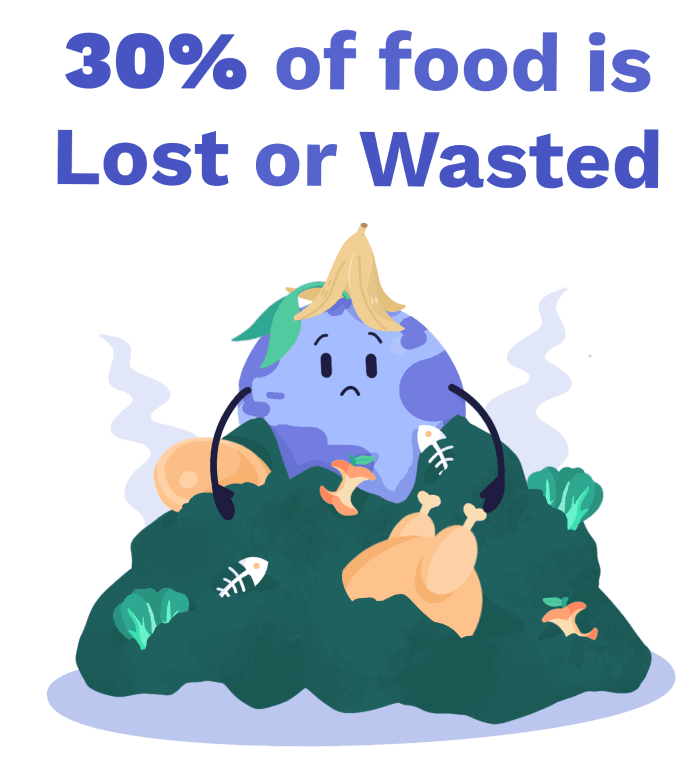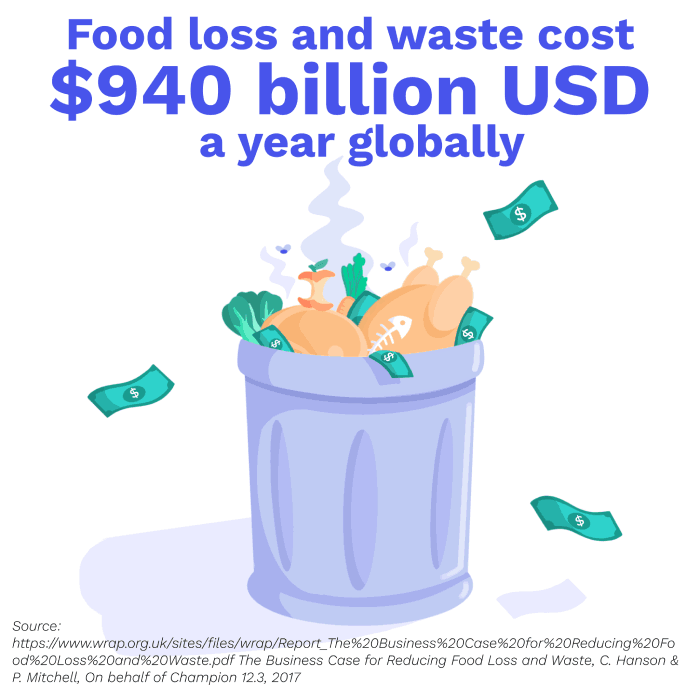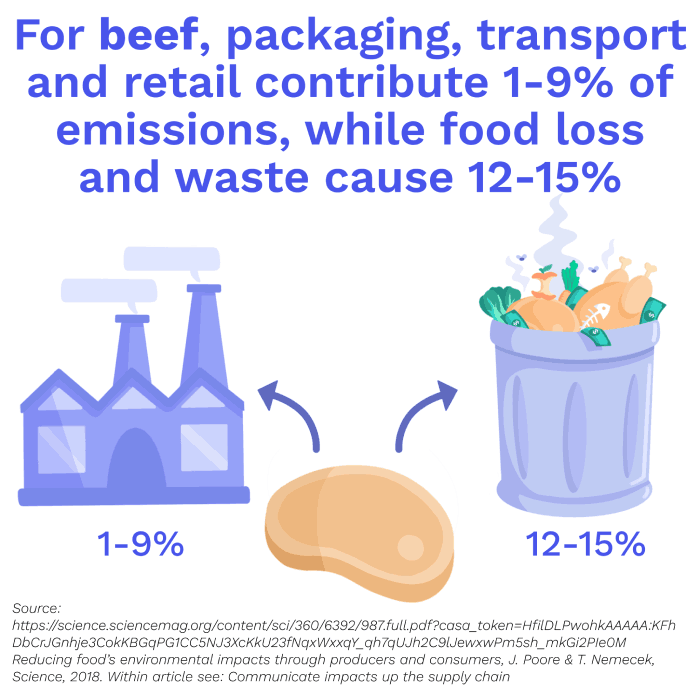Food Waste: We have to Stop Wasting 30% of our Food
6 minute read
Updated on: 29 Aug 2021
How big a problem is food waste?
30% of food is lost or wasted worldwide. That averages out to 614 kcal per person per day
. That’s about the same as 10 medium eggs or 21 large carrots
every day!
When food is lost or wasted, all of the resources required to make the food are wasted too. Globally, this wastes 1.4 billion hectares of land (a surface area larger than Canada and India put together) and about 250 km³ of water (almost 3x the volume of Lake Geneva) every year!
As well as this environmental cost, food loss and waste result in an economic cost of 940 billion USD a year!
What causes food loss and waste in different countries?
Food loss occurs before food actually reaches our supermarkets: on the farm, in storage, and during processing, packaging and transport. Food waste, meanwhile, occurs in shops, restaurants, and our homes
.
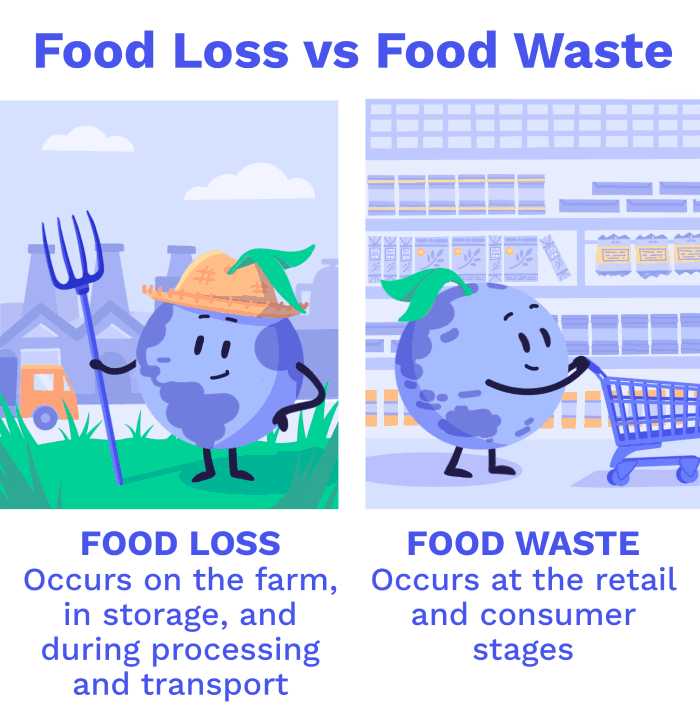
Food loss vs food waste
The richer people are, the more food they waste. In wealthier countries, more than 40% of food loss and waste occurs at the retail and consumer stage
.
In developing countries, food losses mostly occur earlier in the supply chain, with much less being wasted at the consumer level
. While people in Europe and North America waste 95-115kg of food per person per year, people in sub-Saharan Africa and South/South-East Asia waste only 6-11kg per person per year
.
Food losses in developing countries are caused largely by poor harvesting techniques, insufficient storage and cooling facilities, and a lack of infrastructure for food transport and marketing.
How can we reduce food loss and waste?
While energy is required to process and package food, the emissions that result from food loss and waste are much greater. Take beef as an example: packaging, transport and retail together contribute just 1-9% of total emissions, while food loss and waste cause 12-15%.
In developing countries, investments in better harvesting techniques, storage facilities, and infrastructure will be needed to reduce losses, as well as improvements in processing and packaging facilities.
While food losses are a big problem in wealthier countries too, food waste by individuals also needs to be tackled.
As well as encouraging less wasteful practices, people need to be better informed about food storage and safety beyond expiration dates (which varies in different countries).
But it’s not just consumers who waste food. Supermarkets set high standards for what food should look like, and imperfect food is often thrown away even if it is perfectly edible. Embracing “ugly” foods at both the retail and consumer level will be essential for us to reduce unnecessary food waste.
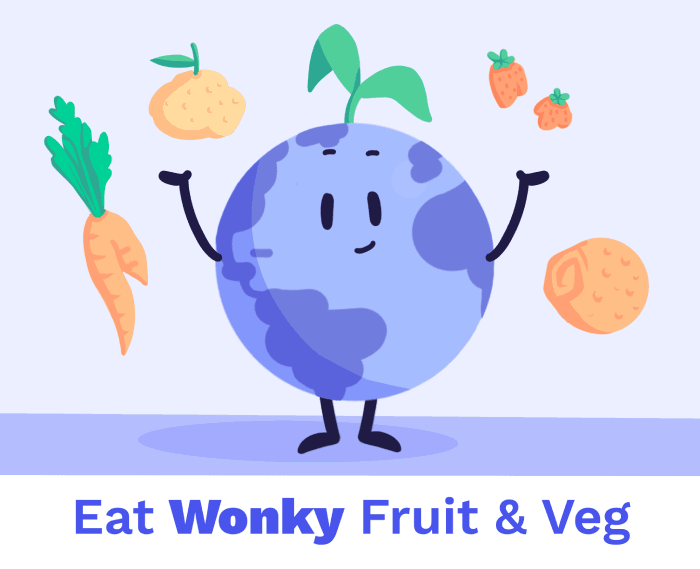
Eat ugly food!
Restaurants, retailers, and caterers can also reduce food waste by selling food in appropriate portions and donating uneaten goods to those who are unable to afford to buy them.
But what about the bits of food we can’t eat? Food scraps can be fed directly to animals or fed to insects which can in turn be used as animal feed
. But these food scraps can also be used by humans. For example, food waste can be turned into biodegradable packaging and bioplastics
. This not only reduces waste, but it also reduces the amount of non-biodegradable plastic packaging that gets thrown away
.
Conclusion
Food loss and waste occur at all stages of the food supply chain, and represent a huge waste of resources and unnecessary greenhouse gas emissions. Reducing food loss and waste will benefit both the environment and the global economy, improving global food security and making food more available to poorer communities whilst saving billions of dollars.
Different solutions will be required for different countries, as the causes of food loss and waste vary considerably in different regions. As the world gets richer, consumer-level food waste is likely to become more and more of a problem. Therefore, it is vital that people are aware of the impacts of food waste and what they can do to make a difference.
Go to quiz!